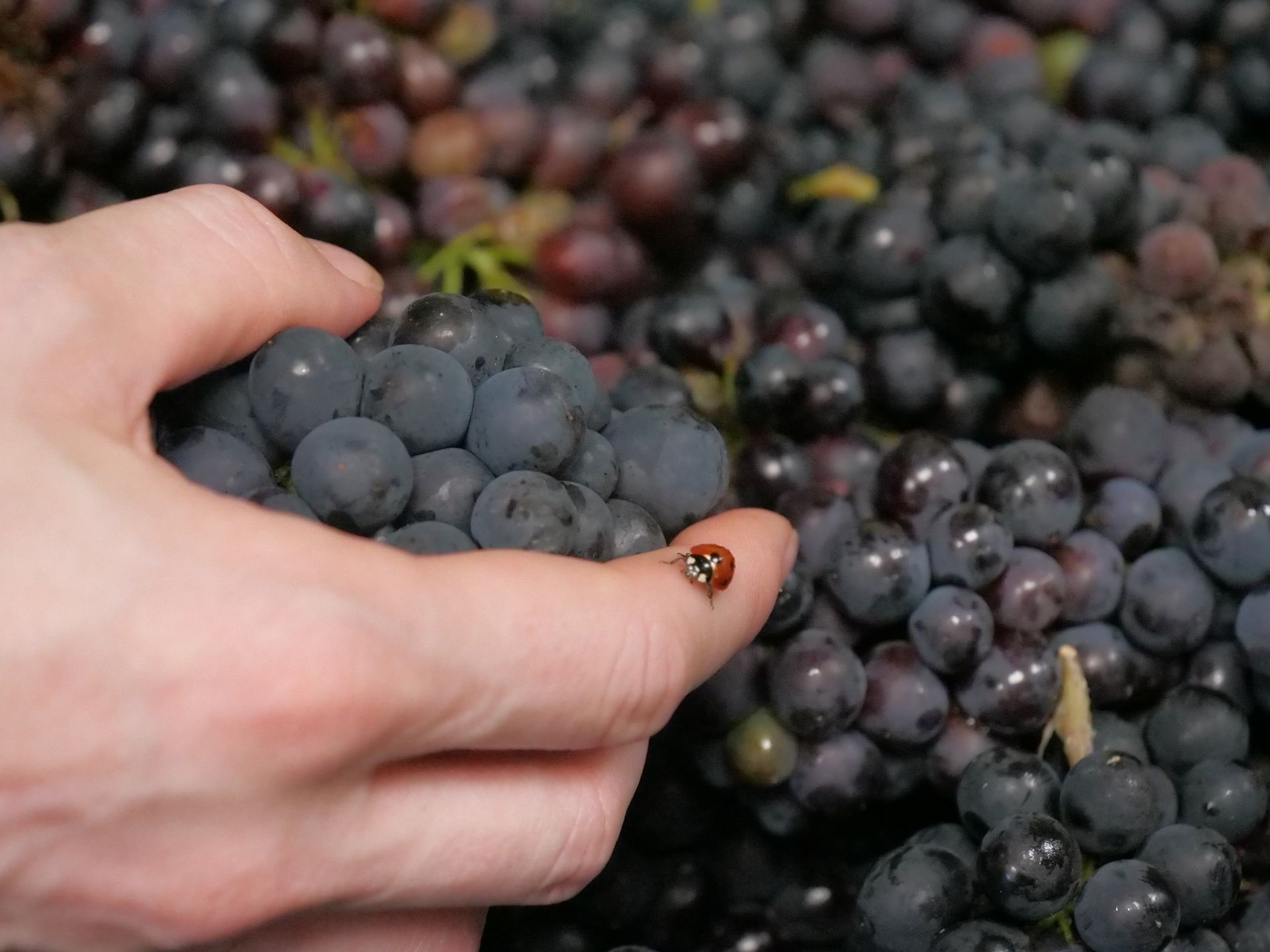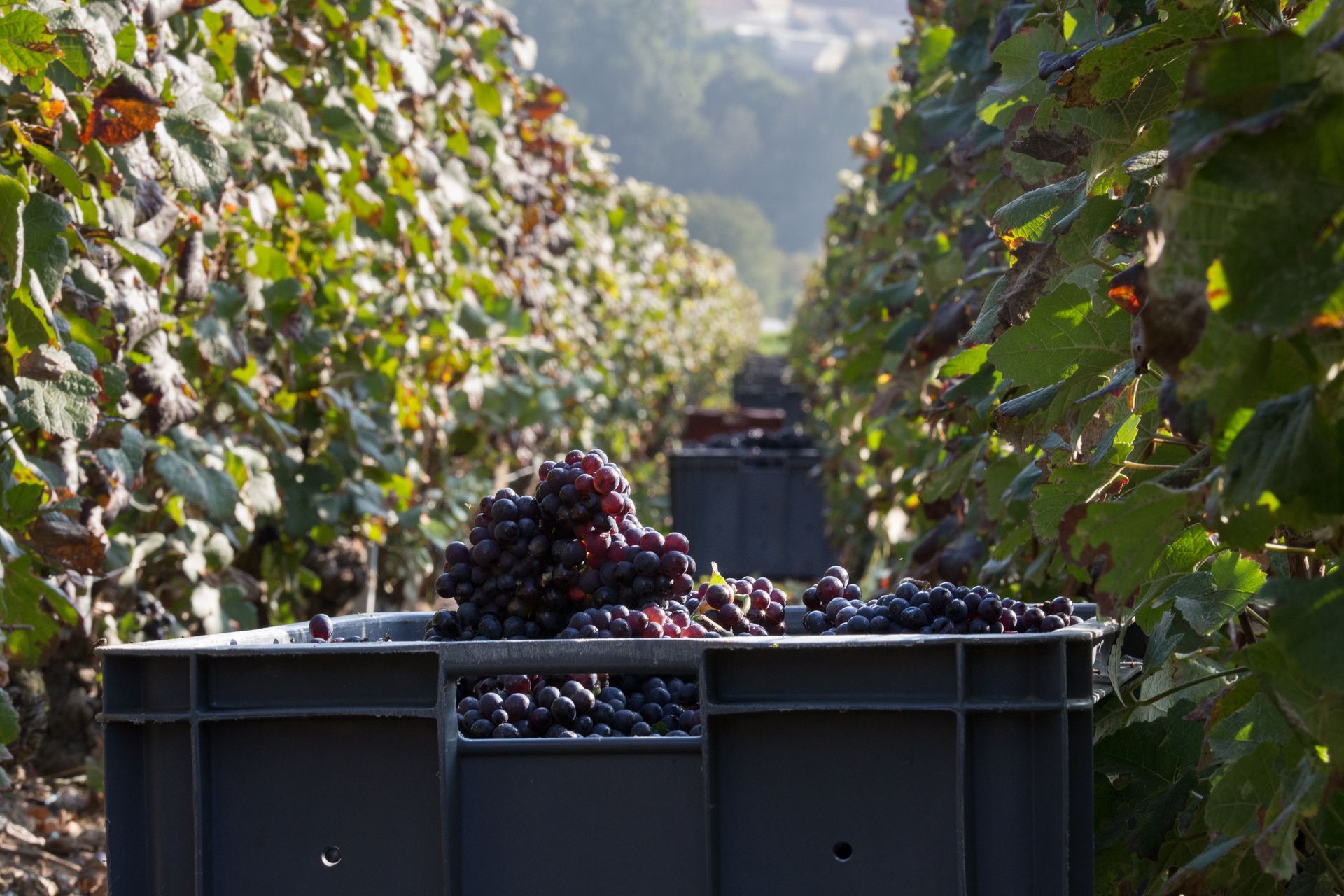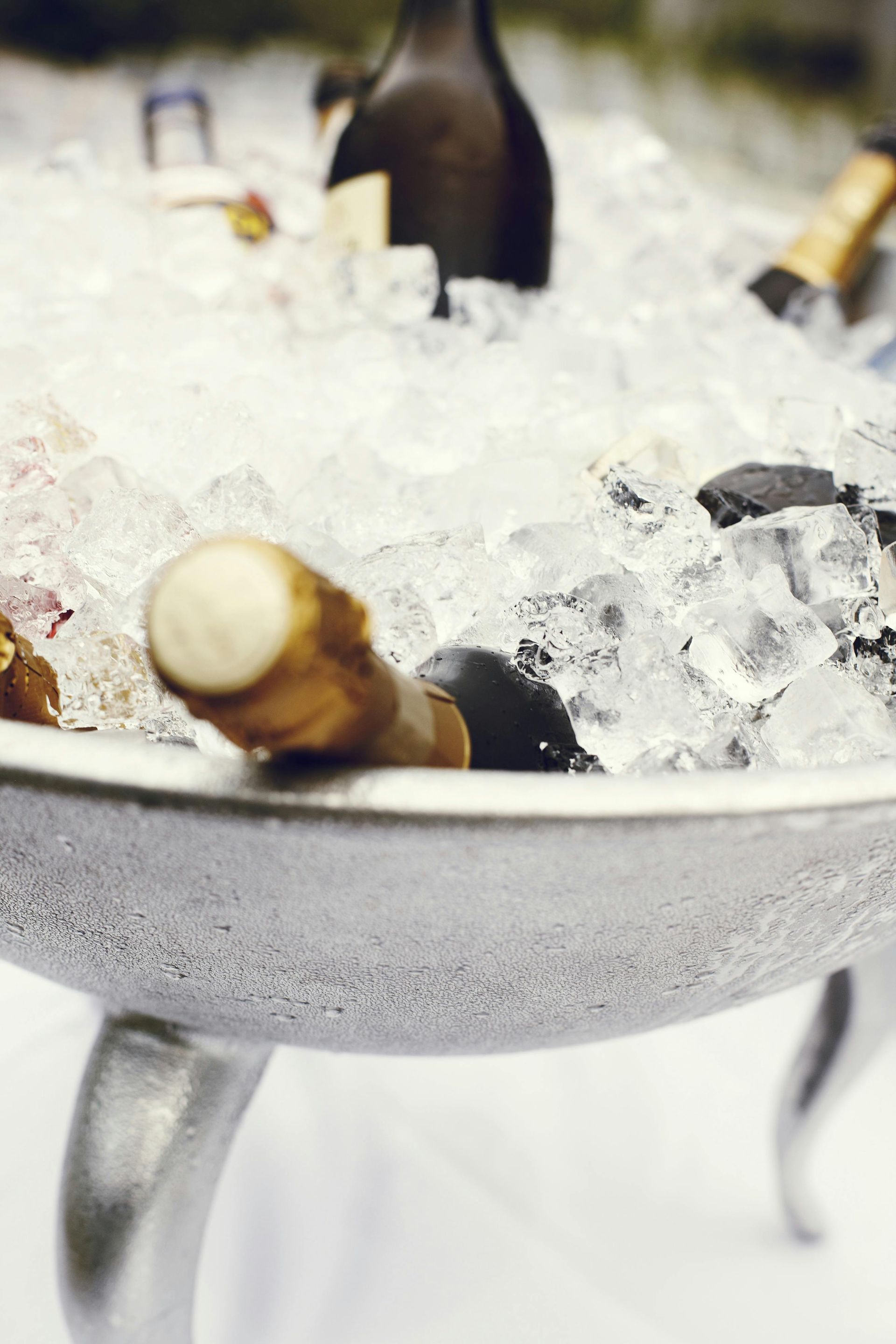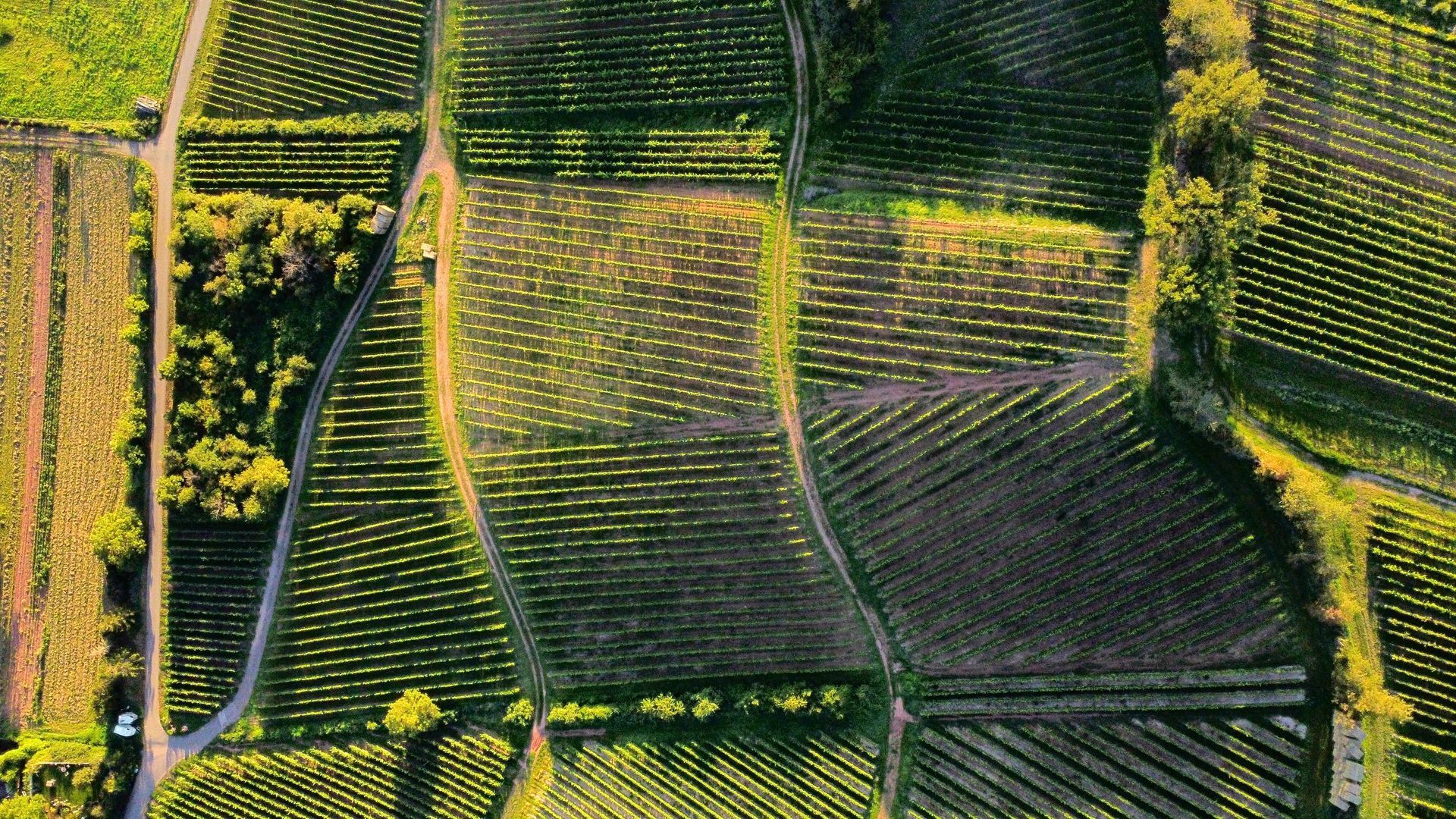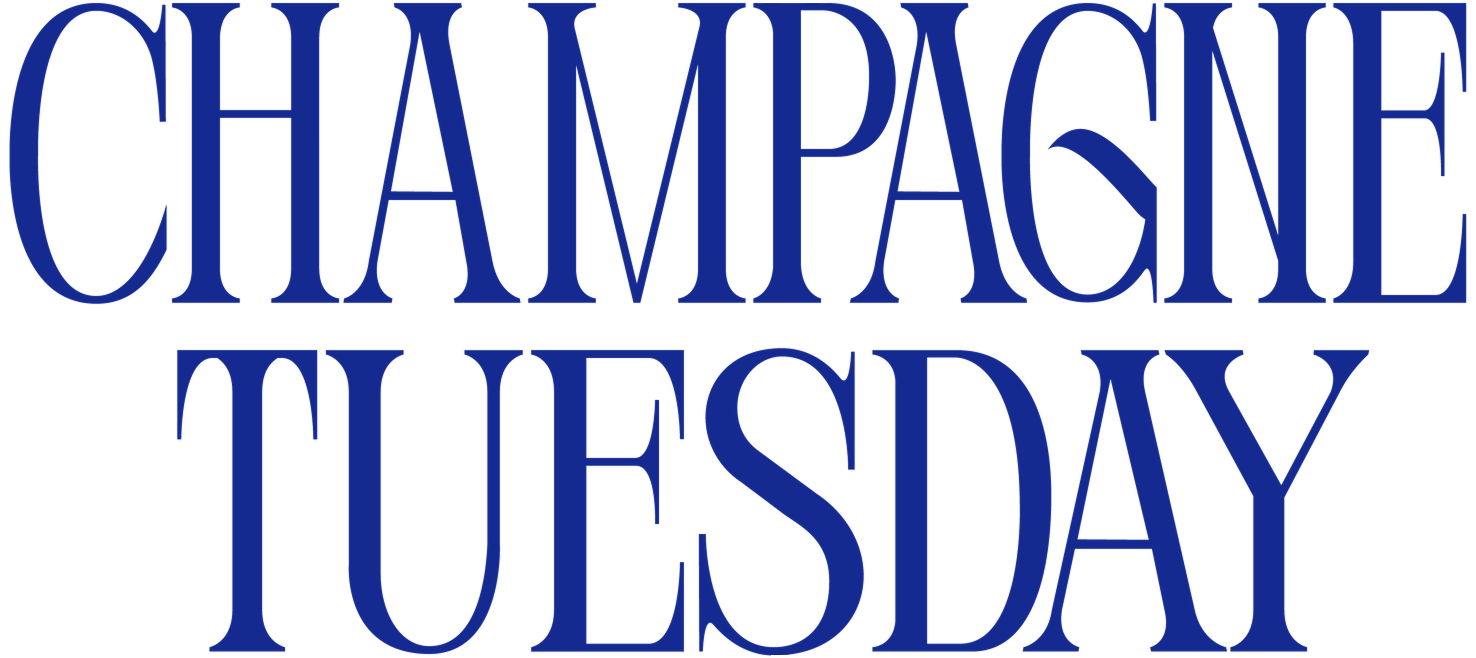Thanksgiving Food Pairings
Champagne & Thanksgiving:
Pops’ Guide to a Sparkling Holiday
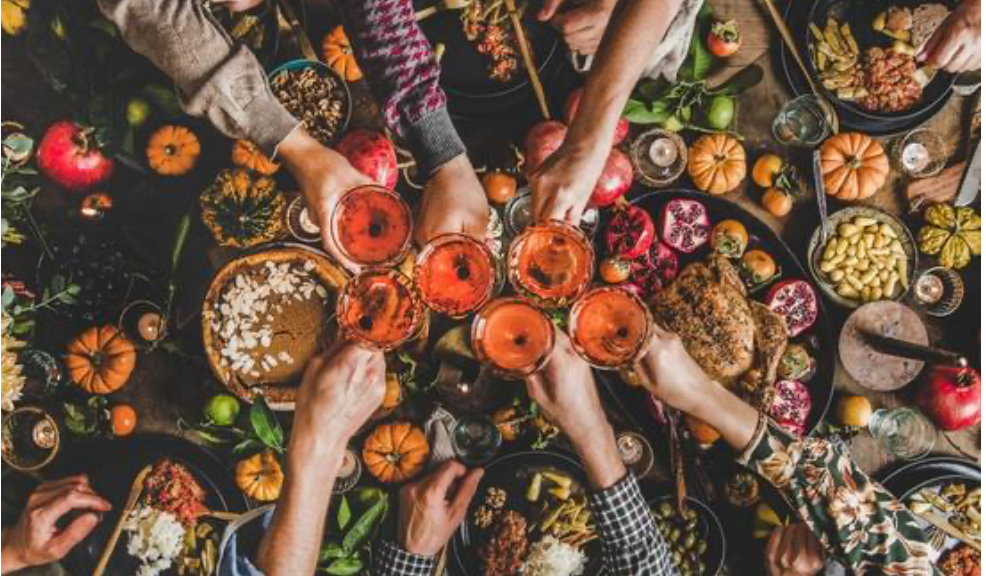
Here’s a Thanksgiving truth no one warns you about:
If you don’t pour champagne at dinner, you’re going to wish you had it after everyone leaves.
Trust me. When the last guest walks out with a container of leftovers and the house finally exhales, nothing tastes better than a cold glass of champagne. It’s the reset button. The reward. The “we did it” moment.
The good news? Champagne also happens to be one of the most versatile wines for your Thanksgiving table. Turkey, sides, dessert—there’s a cuvée for all of it.
Here’s Pops’ cheat sheet for a sparkling Thanksgiving.
Start with the apéritif
Thanksgiving is a marathon. Start with something crisp, bright, and palate-sharpening.
Dom Caudron — Brut Nature
The perfect opener. Dry, clean, and laser-focused. It loves canapés, caviar, charcuterie, oysters, ceviche, sushi, shrimp cocktail, and that big Thanksgiving cheese board everyone crowds around. It also plays well with smoked salmon, scallops, quiche, and even brunch foods if you’re starting early.
It’s also shockingly good with sweet potatoes, green bean casserole, Brussels sprouts, cranberry sauce, and spiced desserts. The ultimate pre-feast bottle.
Michel Genet — MG BB Nature
If you want something equally crisp but with Genet’s signature finesse, this is your bottle.
Think cheese boards, deviled eggs, quiche, oysters, caviar, ceviche, lobster, sushi, and shrimp & grits.
It elevates glazed ham, chestnut stuffing, creamy sauces, even buttered popcorn.
For dessert lovers: lemon meringue pie, nutty pastries, milk chocolate.
At the table: pair with the feast
Turkey is famously mild—champagne is famously not. This is where it gets fun.
Michel Genet — BB Spirit
A Thanksgiving workhorse. Clean enough to sip on its own, structured enough for the main event.
Pairs beautifully with roasted turkey, chicken, pork loin, filet mignon, and every rich plate that follows:
buttery mashed potatoes, rich gravy, creamy sides, vegetable gratins, mac & cheese.
Also excellent with oysters, shellfish, salads, fried chicken, truffle fries, and Asian dishes.
Desserts? Try fruit tarts or salted caramel dark chocolate.
Dom Caudron — Prédiction
If you want one bottle that can handle anything on the table, this is it.
Great with turkey (roasted or fried), mashed potatoes, gravy, grilled oysters, shrimp, sea bass, roasted vegetables, sausage stuffing, and cheese boards.
And yes—it can hang with cake, too.
After-dinner heroes
Once the table clears and the evening slows down, switch to something with fruit, richness, and a little color.
Michel Genet — RedBlend
A holiday all-star.
Pairs with charcuterie, lobster, shrimp, crab cakes, wagyu beef, and all the sweet, earthy sides of November:
roasted yams with marshmallows, roasted beets, cranberry sauce, even berries and chocolate.
For dessert: it’s a dream with pumpkin pie, pecan pie, and apple pie.
Dom Caudron — Fascinante
Another “drink all day” option that shines after dark.
Perfect with charcuterie, ham-wrapped melon, pizza, salmon, lobster, shrimp, duck, cured meats, and spicier foods.
Handles grilled vegetables, yams, pumpkin, and absolutely loves desserts, berries dipped in chocolate, and both white and dark chocolate.
The Pops Rule of Thanksgiving
Serve champagne early. Pour it often. Save a glass for after the guests leave.
Thanksgiving is richer, brighter, and a lot more fun when the bubbles are flowing—on the table and once the house goes quiet.
— Pops

